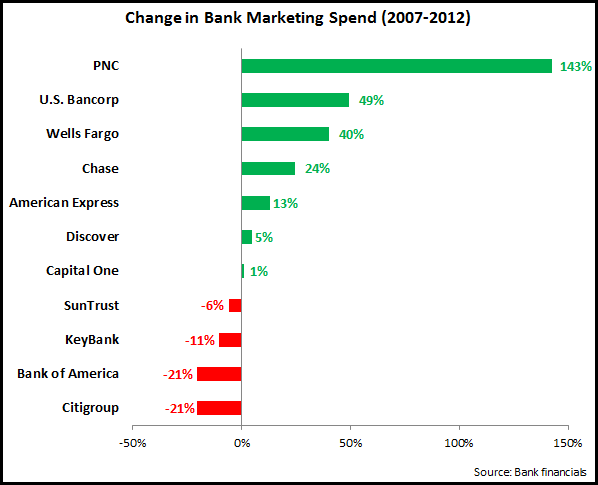A number of recent surveys have shown that electronic channels – notably online and mobile banking – have taken over from branches as the primary customer service channels. This has led to some extreme speculation on the future of the branch channel. The industry consensus is that there will be a role for the branch channel in a future omnichannel banking environment, but there is a good deal of debate on what that role will be.
And banks’ role in everyday banking transaction processing diminishes, banks are starting to tap into the sales, marketing and customer support potential of the branch channel, in areas like:
- Customer acquisition: A Bancography 2012 survey found that 95% of new accounts are opened in the branch. And a recent Novarica survey found that 58% of people under 30 would not consider opening an account at a branch that does not have a branch nearby.
- Cross-sell: Some banks are already starting to overhaul both branch structures and staffing to reflect an expanded sales function. Bank of America recently discussed a redesign of its branches, which includes private rooms for meetings with financial specialists, as well as videoconferencing for remote access to experts. Banks should also be looking to upskill and support tellers to generate referrals for in-branch or remote specialists.
- Branding: The branch is the most physical manifestation of a bank’s brand. As such, branches should reflect and extend overall bank advertising efforts in signage, collateral, etc. In addition, advertising should promote branch strengths.
- Customer support: While electronic channels have advantages over branches in areas like convenience and 24-hour access, consumers continue to express a preference for branches for addressing financial needs that are more complex and/or personal in nature. A 2012 Cisco survey found that 84% of consumers are interested in a “specialty branch,” which would provide advice and personal, customized assistance. The most popular types of advice would be financial education, notary public services and tax preparation.
- Community relations: Branches are a tangible expression of a bank’s commitment to a specific market. Some banks are already redesigning branches to take on more of a community role. Umpqua Bank is a standout performer in this regard, with its cutting-edge branches including a “Discover Wall” that showcases neighborhood events, Local Spotlights on selected small businesses in the local area, as well as branch-specific Facebook pages.
- Research & Development: A number of large banks (such as Citibank, Bank of America and Umpqua) have opened “flagship” stores that showcase the bank’s latest sales and service technologies. In addition to creating local buzz for the bank as positioning it as a cutting-edge financial provider, these branches enable the testing of new products, services and technologies prior to wider deployment.
For banks to get the best return on their branch investment, they need to understand the changes in how consumers and businesses interact with their banks, develop a more holistic view of branch capabilities, and work to integrate branch-based activities with other bank marketing, sales and service initiatives.


